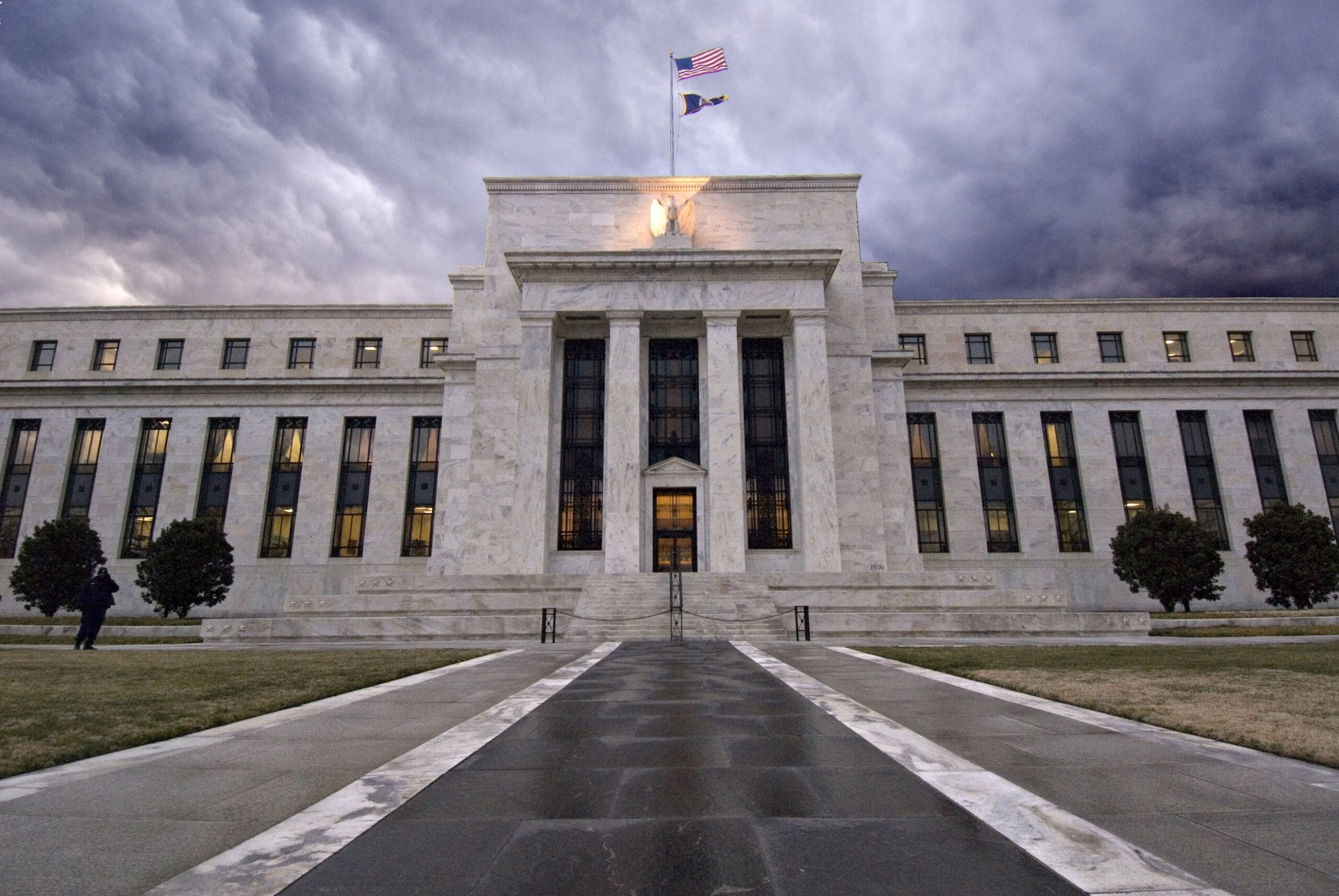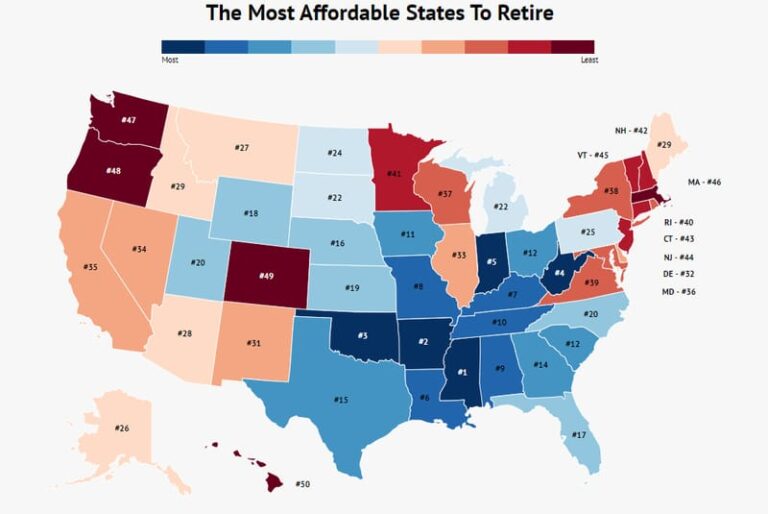US Banks Show Signs of Stability after Recent Turmoil: Deposits Rise for the First Time in a Month
In late March, deposits at commercial banks in the United States increased for the first time in roughly a month, indicating a degree of stabilization after the banking system was rocked and depositors were rattled by the two biggest bank failures since the financial crisis. This is according to a Reuters report.
On Friday, the Federal Reserve released data indicating that, on a non-seasonally adjusted basis, deposits at all commercial banks increased from a downwardly revised $17.31 trillion in the week ended March 22 to $17.35 trillion in the week ended March 29.
This increase marked the first since the beginning of March and temporarily put an end to the unprecedented outflow of deposits caused by the collapses of Silicon Valley Bank and Signature Bank in mid-March.
These bank failures, which were the second and third largest in the history of the United States, led to federal regulators guaranteeing all deposits at both institutions and prompted the Federal Reserve to take emergency measures to restore confidence in the banking system.
Deposits increased at both the largest 25 banks by assets and at small and mid-sized banks.
However, small banks were especially affected by deposit outflows following the consecutive failures, with some depositors moving their money to larger institutions due to concerns that any funds exceeding the $250,000 per depositor federal insurance limit might be vulnerable.
Following over a year of the Federal Reserve’s intense interest rate hikes intended to moderate inflation by slowing the economy, the recent banking turmoil has amplified concerns that the central bank’s forceful tightening could induce a recession.
Economists and policymakers are closely monitoring the weekly report of the Federal Reserve on the financial status of the nation’s banks for signs that the outflow of deposits has come to a halt.
They are also paying close attention to any indications that lenders might begin to reduce credit as a consequence, which could hasten or exacerbate the onset of an economic downturn.
Although there was a record decline of over $120 billion in overall credit from U.S. banks in the latest week, on a nonseasonally adjusted basis, this was primarily due to banks selling off $87 billion in securities to nonbank entities, such as hedge funds.
According to the Federal Reserve, banks have divested this amount of assets in each of the past two weeks, with the majority being in the form of mortgage-backed securities and Treasuries.
The divestitures occurred around the same time as the recent sales of assets from the two failed banks, which were overseen by the Federal Deposit Insurance Corp.
However, the Fed did not indicate if this was the reason behind the divestitures.
Meanwhile, lending activities to both businesses and consumers by banks remained stable, with outstanding loans totaling $12.07 trillion towards the end of the month, a slight increase from the previous week.
Although there was a minor decrease in loans for commercial and residential real estate, and for commercial and industrial loans, which are important for business credit, the drop was offset by a rise in consumer loans, primarily led by credit card balances.






